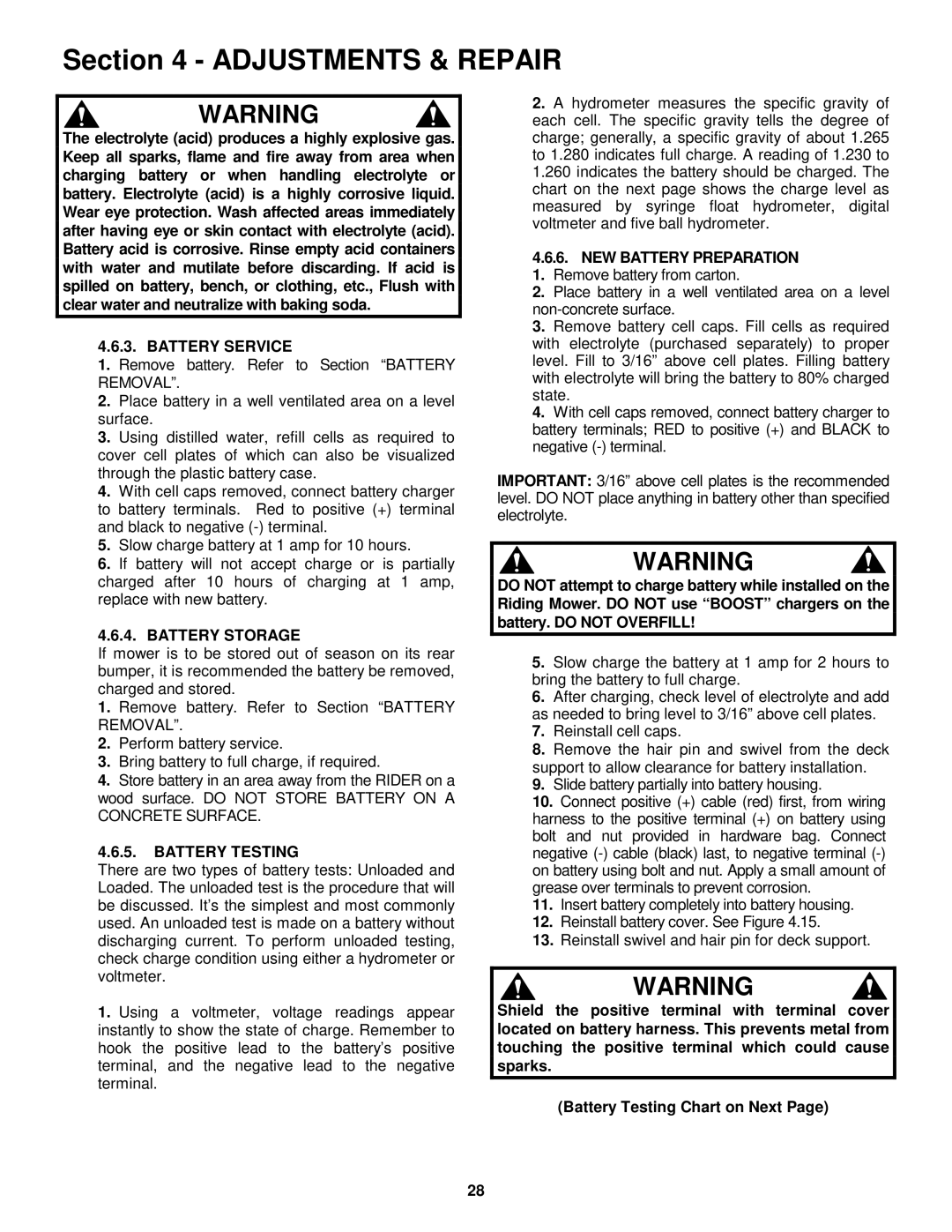E281320BE, E331520KVE specifications
The Snapper E281320BE and E331520KVE are two robust lawn mowers that stand out in the market for their innovative features and advanced technologies. Both models are designed to provide an efficient and comfortable mowing experience, catering to the needs of homeowners and professionals alike.Starting with the Snapper E281320BE, this model is powered by a reliable 21-inch steel cutting deck that ensures a clean and precise cut every time. Its 20-inch rear wheel drive allows for exceptional maneuverability, making it ideal for navigating tight spaces and uneven terrain. The E281320BE is equipped with a powerful 223cc engine, providing ample power for tackling thick grass and challenging landscapes. This model also offers a three-in-one cutting capability, allowing users to choose between mulching, bagging, or side discharge modes, providing versatility for different mowing conditions.
On the other hand, the Snapper E331520KVE enhances performance with its 33-inch cutting deck, making it suitable for larger lawns while still maintaining excellent cutting efficiency. Featuring a strong 344cc engine, this mower delivers reliable power that can handle heavier workloads. Equipped with a high-back seat and ergonomic controls, the E331520KVE ensures comfortable operation over extended periods, reducing fatigue for the user.
Both models boast Snapper’s innovative Toro-branded SmartChoke technology, which simplifies starting and improves engine performance in various weather conditions. Users will appreciate the easy-to-use height adjustment lever, allowing for quick changes in cutting height to achieve the desired grass length.
The durability of these mowers is reinforced by their steel frame construction, ensuring they withstand the rigours of regular use. Additionally, Snapper has integrated features like a reinforced front bumper and heavy-duty wheels, enhancing stability and traction during operation.
In terms of maintenance, both models are designed for convenience, with easy access to the engine and other components, allowing for straightforward servicing. The Snapper E281320BE and E331520KVE also come with a solid warranty, showcasing the manufacturer’s commitment to quality.
In summary, Snapper's E281320BE and E331520KVE lawn mowers are exceptional choices for those seeking reliability, efficiency, and innovative features in their mowing equipment. With their powerful engines, versatile cutting options, and user-friendly designs, these mowers are set to meet a wide range of lawn care needs.

